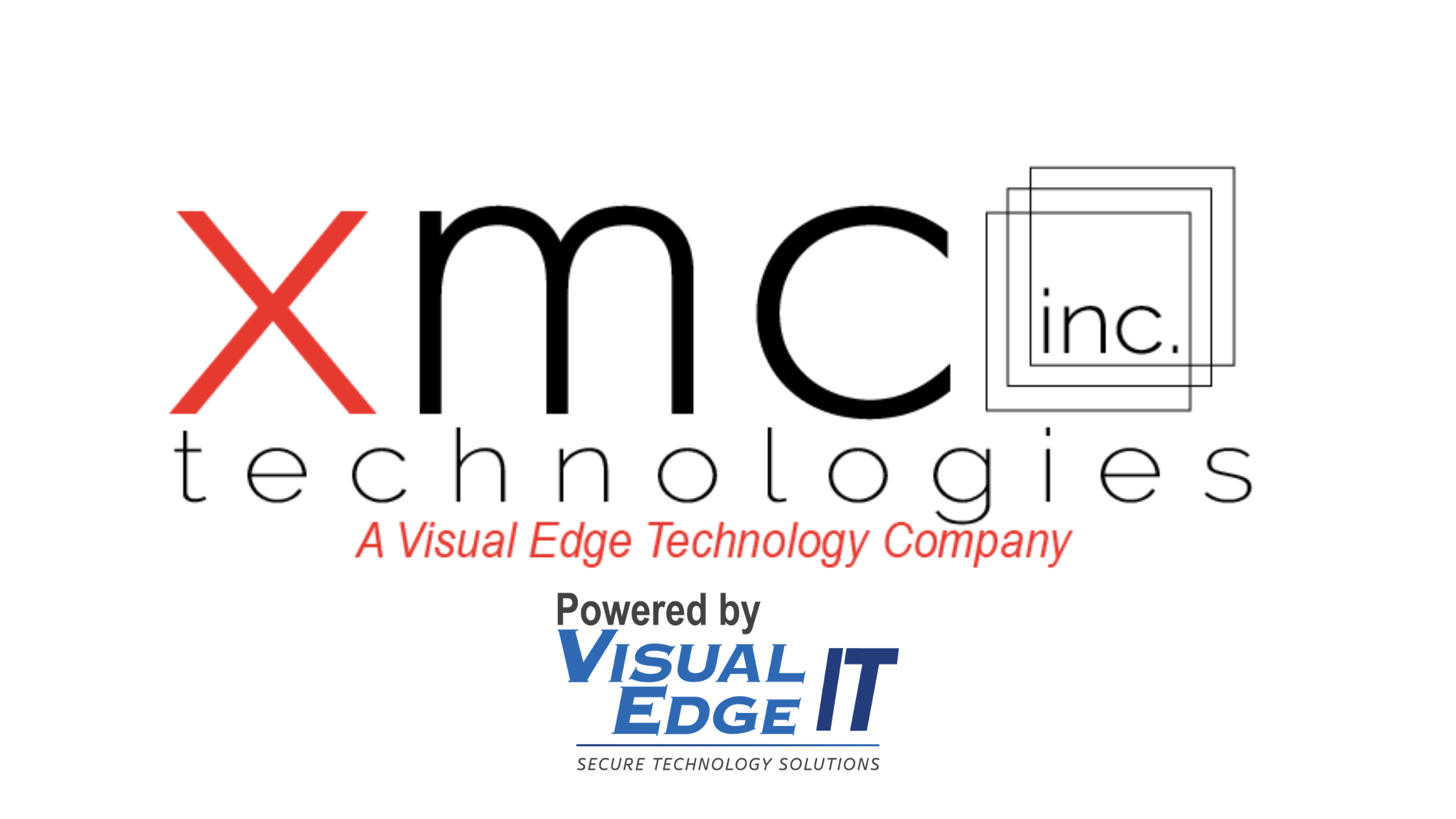
As more and more businesses and products are developed that exist solely online, the concept of digital rights management is gaining importance. Digital technologies and creations may not be susceptible to physical theft, but they can still be stolen online with equally devastating consequences. At best, this may result in a company losing the competitive edge in an industry. At worst, such theft may lead to the exposure of sensitive data such as consumer information or trade secrets.
Digital rights management, therefore, constitutes an element of data protection which businesses must consider in the twenty-first century. Read on to gain a deeper understanding of digital rights and how to manage them.
What Are Digital Rights and Why Do They Matter?
Digital rights refer to the ability to create, publish, use, and access digital media or hardware such as computers and communications networks. Like intellectual rights, digital rights recognize that what is created in a digital environment – or in relation to the digital environment – belongs to the author unless otherwise indicated.
In its broadest sense, digital rights recognize the intrinsic role which electronics and the digital environment play in this world. Things like the internet and digital communications are so thoroughly embedded in this world that the UN considers internet access a human right. Likewise, things which are created to interface with or manipulate the digital environment have real and profound impacts on the lives of people, and the wellbeing of businesses.
Therefore, digital rights management is a systematic approach to protecting creations in the digital environment. Like copyright protections, digital rights management is concerned with restricting access to and the use of proprietary hardware or software. However, unlike copyright laws which simply protect intellectual property through mere claims or expressions of authorship, authors of software or hardware seek to make it physically impossible for their code or machinery to be pirated in the first place. Essentially, digital rights management relies on technology to protect technology.
The Dangers of Not Managing Digital Rights
Digital rights management is a relative newcomer to the realm of data and digital security, and one which remains controversial. However, like with intellectual property, companies should still introduce measures to control the use of and access to their digital work. Failing to do so has negative impacts on an organization’s revenue, customer base, and data security. Consequences which arise from a lack of digital rights management measures mean:
- Uncontrolled access and use. Digital media may be pirated or simply released for free in a very public manner according to a company’s history of pursuing unauthorized access, use or distribution of digital media.
- Unsecured confidential information and data. A competitor who is free to take apart and examine a code, application or piece of hardware may develop a better product. Likewise, a malicious actor may steal and sell information.
- Alteration of digital work, possibly beyond recognition. The failure to protect digital rights may result in cheaper knockoffs which closely masquerade as the original product or become a different product altogether.
How to Implement Digital Rights Management
There are numerous ways to implement digital rights management, and some may be more appropriate than others depending on the type of digital media a company needs to protect. These five strategies are very common across digital technology, and a managed IT or network services provider can assist with developing the right approach.
1. Encrypt proprietary software.
Encryption is a common feature in proprietary software. It’s designed to prevent users or rivals from accessing the inner workings of code to prevent knockoffs or unauthorized alterations from being made.
2. Lock software or files to devices or locations.
Some software or digital media companies will restrict copies of their work to specific devices. For example, any time a user agreement authorizes the installation of software on a set number of devices, they are using this tactic. Likewise, this approach is common with eBooks or movies to prevent sharing.
3. Prevent copying, screenshots or printing.
Internet users have been frustrated by websites disabling right-click or copy and paste functions for well over a decade. This anti-sharing approach is making its way into other forms of digital media to make it harder to share.
4. Require user keys or serial numbers.
Among the most common digital rights management techniques, user keys or serial numbers serve as an authentication measure to let a company know that a copy of a program or hardware is legitimate. Often, this strategy is combined with locking software or files to devices.
Secure Your Digital Media with XMC
Digital rights management is a critical piece of data security which is gaining importance as more businesses operate solely online. If a company’s primary products or services are digital in nature, they must be protected.
Don’t know where to start? Managed IT and data services can help. XMC is a leading provider for digital security and rights management. Speak with our experts for a free analysis today.
